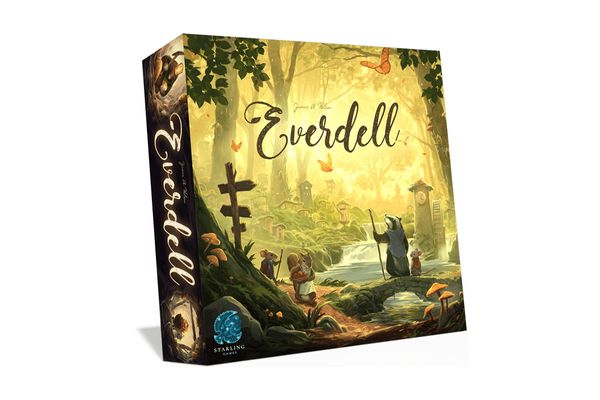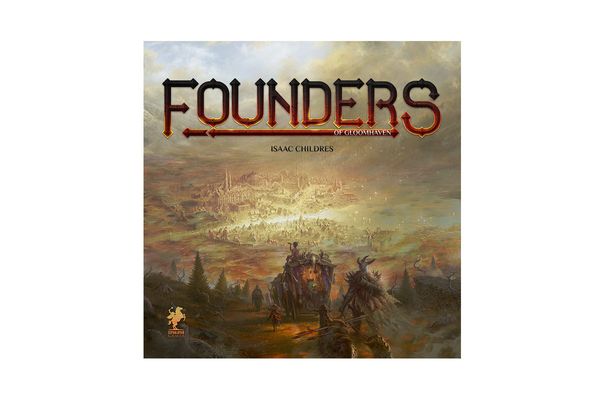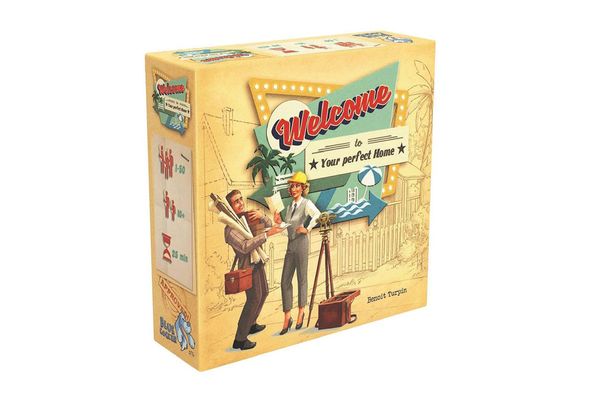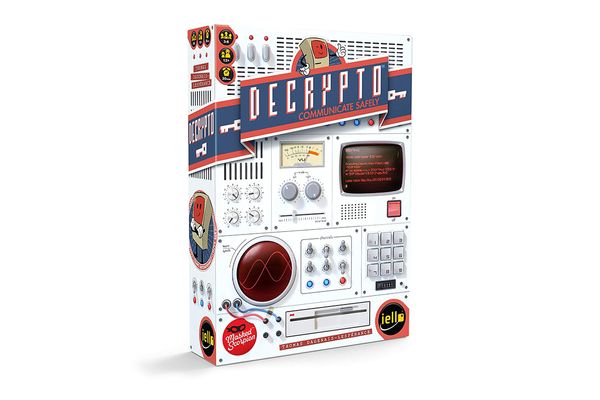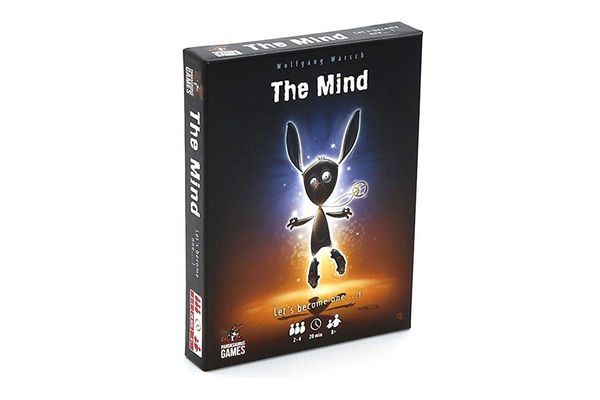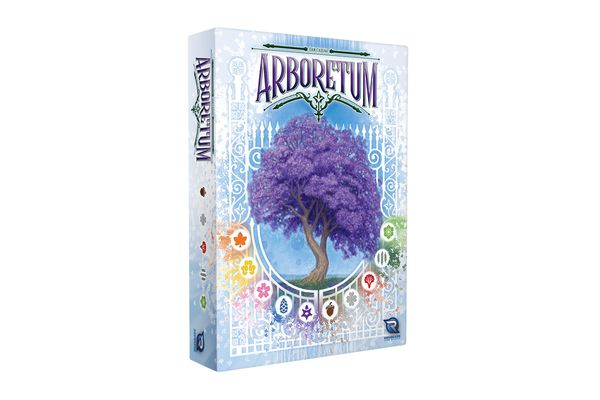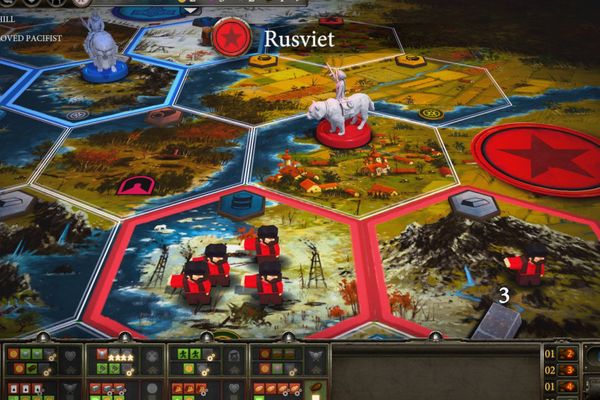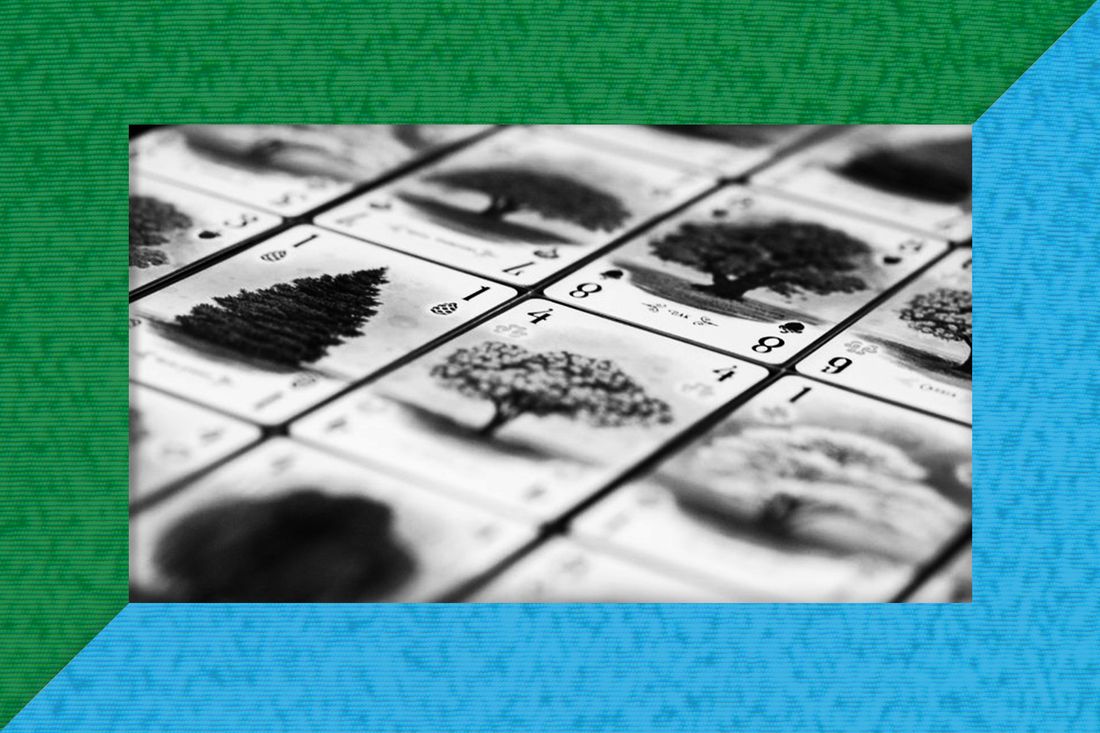
There have been over a thousand new board games released in 2018, and I’ve played them all so you don’t have to.
And by “all,” I mean I’ve played somewhere over 100 of them, some of them great, others not so great. There are games I tried that other folks loved and I just couldn’t get into. And of course there are some highly regarded games that are also very time-consuming, and thus didn’t make my cut for this list. For example, Teotihuacan is a complex, heavy strategy game by a designer I like, but I’ve never gotten closer to it than seeing the (large, involved, intimidating) board. Plus, to be sure, I’ll still be playing some 2018 releases well into the spring.
With all that out of the way, here are my choices for 2018’s best games, organized into various categories.
Best New Game
I’m not sure I’ve ever had a harder time deciding on my favorite new game of the year, and if you ask me this again in six months I’ll probably still struggle to settle on an answer — but Everdell is damn near perfect. It brings many things I love in modern “German-style” board games to an experience that plays in under an hour and has off-the-charts artwork. Players place meeples on the board to gather resources so they can play various cards to their tableaux, thus building very modest engines that gain you more resources or other powers. Some cards work better with other cards, or get you other cards for free. The game crescendos naturally; in the first phase, each player has just two meeples, and you don’t advance to the next phase, gaining one or two more meeples, until you’re ready to do so, meaning that you can play to your style — you can speed to the finish or play it slow over more turns. We’ve never had a game run past an hour; my daughter and I once played a quick game in barely over 30 minutes. And the art is really something else, brought even higher by the deluxe edition’s use of heavier metal coins and other high-quality components that totally shouldn’t matter to me but did anyway.
Best Heavy Game
Gloomhaven itself is a role-playing game in a board-game box — a 20-pound box that runs $120 if you can get your hands on it — but designer Isaac Childres took the setting of his cult hit and built an economic tile-laying game around it. Founders of Gloomhaven is perfect if you’re a gamer who likes something dense and intricate but want to get a game in under two hours; once you know the game, you can probably knock it down closer to 90 minutes. Players all build together on the board, and can make use of resource buildings other players put up, but the more you “deliver” to any building via the routes created on the board, the more points you’ll earn for doing so. Thus you’re placing tiles to build a network that can fuel not only your own future construction, but that also forces other players to rely on you for theirs.
Best Game for a Hundred People
Welcome To isn’t really a party game, although the box says it plays one to a hundred, and the publisher, Deep Water Games, booked a room at the Gen Con board-game convention this summer and played with 200 people. It’s a “roll and write” game (remember Yahtzee?), but instead of dice, players get to choose from three pairs of cards revealed in each turn. They then fill out their paper neighborhoods, adding house numbers and choosing various bonuses to take every time around. The catch is that you have to make sure your houses are numbered sequentially, in ascending order, so you have to plan for what house numbers might come later. Maybe you’ll build out more parks for points, or you’ll skip those and try to fill in all the pool printed on your paper for the maximum bonus. You think planning your own little Levittown is easy until you realize you’ve screwed up your house numbering.
Best Party Game
Decrypto is an entertaining code-guessing game for four to eight players, who then split into two teams, each with a leader who gets a secret three-digit code and must try to get their teammates to guess the code using the four clue words revealed in that game. Each side gets its own clue words, which are shown in a neat little display with red plastic that exposes the word obscured on each card, but after every round, each team then gets a chance to try to guess the opposing team’s code as well, based on clues from that round and previous rounds that might have revealed the clue words for that game. The codes change each round, but the clue words don’t, so you’re using knowledge from previous rounds to guess the clue words, then using that to try to guess the other team’s secret code. If a team guesses its opponent’s codes twice, they win; if a team guesses its own codes incorrectly twice, they lose.
Best 2-Player Game
The Mind isn’t purely a two-player game — it plays two to four, with the victory conditions differing by player count — but it is a great two-player experience. It’s also the least social game ever because the one main rule is that you can’t talk to the other player(s). The game’s main deck has one hundred cards, numbered 1 to 100, and in round X, you deal X cards from the shuffled deck to each player. The players must all play their cards to the center of the table into one pile, in sequential order, without communicating at all with anyone else. It is hard to explain how much I laugh whenever I play this game, and how irrationally we always celebrate when we play a difficult hand — especially something in a later round, when you might have as many as 12 cards in your hand — correctly.
Best Reissue
Several games got spruced-up reissues this year: Renegade, which published Arboretum, brought back 2009’s Heartland with an entirely new theme as Gunkimono; Plan B games redid the graphics and tweaked some rules for a new printing of 2014’s Camel Up; and Stone Age, an all-time top-ten game for me, finally came back into print this past year after several years when it was unavailable. Arboretum benefited the most from the reissue, though, thanks to stunning new artwork by Beth Sobel; when it was first released in 2015, it never quite found its audience and slipped out of print, even though it’s under $20, plays quickly, and still has a lot of strategic depth because of two unusual scoring mechanics — you score from “paths” you create from one species on your tableau, and you score at the end of the game if you’ve kept enough high-point cards in your hand. The limited-edition version of the new printing has foil-lined cards and a sleek wooden box as well. The graphics were instant attention grabbers at both gaming conventions I attended this year (Gen Con and PAX Unplugged) and made me realize I liked this game enough that I should play it more.
Best Board-Game App
Scythe is only available on Steam, at least for now, so whether it’s an actual “app” might be up for debate. It’s the best digital adaptation of a board game I tried in 2018, edging out the iOS/Android port of the game Istanbul, because the digital Scythe solves one of the tabletop game’s biggest problems — all of the accounting. Scythe is a very well-balanced, intricate game, with a zillion pieces and a lot of if-then rules, as well as a set of up to nine objectives for players to achieve; finish six and you trigger the end of the game, but then you count up your points and you might still not win, depending on where you finished on the inspiration track. The game’s rule book is 32 pages long, and the box projects a game time of 115 minutes, which is suspiciously precise (really? Five minutes shy of two hours?). Playing on Steam, however, is a breeze, and the animations are quite helpful in making clear who’s moving where on a board that has a lot going on to depict terrains and resource types. It’s a smoother experience, better and easier on the eyes, and if you play AI players you can knock out a game in half an hour.


